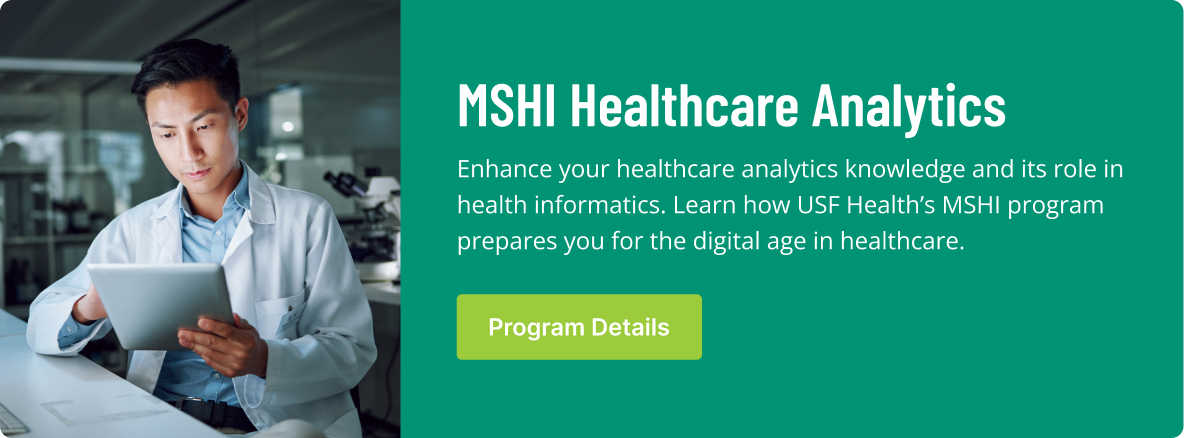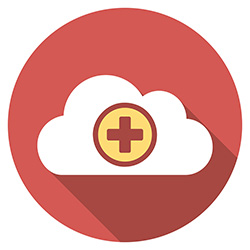Building the information technology infrastructure for data collection and analysis is just the first step healthcare organizations must take to truly becoming data-driven operations.
Different situations call for the application of different types of data strategy, but in all cases, the idea is to use healthcare analytics to create actionable information that can be used to improve patient care and make an operation more efficient.
There are four essential analytics strategies healthcare providers can use as they strive to get the most from their data and better reach their overall goals. Each is valuable, depending on the situation.
Descriptive Analytics
This is the approach to analytics most often used by healthcare organizations. In descriptive analytics, historical data is collected, categorized, aggregated and classified. Looking at data based on past and present decisions, healthcare leaders can make more informed decisions about the future.
Descriptive analytics essentially answers the question, “What happened when certain decisions were made?”
But it also provides information on whether the outcome was positive or negative. It’s a way of quickly finding areas where changes in processes can result in better outcomes.
Predictive Analytics
If descriptive analytics looks to find historical insights, predictive analytics looks into potential outcomes based on current strategies. It also looks into possible outcomes if a process or strategy is changed. This is done by using advanced algorithms designed to uncover trends in data as well as relationships between different data sets, such as health outcomes among specific patient demographics.
While it cannot guarantee 100% certainty, predictive analytics can provide keen insights by using existing data and then using probabilities to forecast outcomes. It’s a powerful tool for helping healthcare leaders set future strategies.
An area where this often comes into play is with hospital readmissions. Predictive analytics can be employed to identify those at high risk of making a return to the hospital within a short time frame. Hospital leaders and medical staff can then take steps to help prevent this from happening.
Prescriptive Analytics
Prescriptive analytics takes data one step further. Using advanced algorithms, it can determine potential solutions for healthcare organizations by using historical data to determine the best option in a certain context.
Essentially, prescriptive analytics is a tool to provide advice to medical professionals. In the example listed above, prescriptive analytics could suggest the option with the most potential for successful prevention of patient readmission. This could be based on the patient’s age, physical and mental condition and past history. It provides potential courses of action in real-time for medical professionals, rather than having them rely on their own instincts and knowledge in sometimes stressful situations.
Discovery Analytics
This represents the cutting edge of health informatics and data analysis. In discovery analytics, sophisticated software can develop potential new healthcare outcomes. This can include discovering a new drug, identifying new diseases or disorders and developing alternative strategies for treatment.
This is done by using historical data, forecasts and information both from inside and outside a healthcare organization. It allows medical professionals and healthcare administrators to test a hypothesis and see if the data shows it can work. Discovery data is pushing the envelope on how fast potential healthcare solutions can be developed.
These four important strategies represent data-driven methods for healthcare organizations to make the most of their healthcare analytics. Collecting and cataloging data is no longer enough. Technology advances, if used properly, are opening the door to changing and improving both efficiency and healthcare outcomes.




